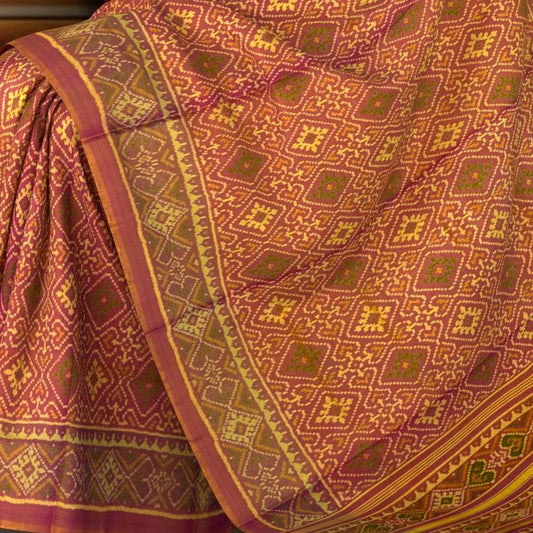Kannur's Odam Museum: Honoring the Rich Legacy of Handloom Weaving
I have always been intrigued by Kerala's rich handloom history, but my understanding was mostly confined to familiar hubs like Chendamangalam and Kuthampally. During my travels, I often engage locals in conversations about traditional weaving practices, uncovering fascinating insights along the way.

Recently, while attending a friend’s wedding in Kannur—a northern district of Kerala situated along the Malabar coast—I stumbled upon something unexpected: a Handloom Museum. Known as Odam, the museum takes its name from the Malayalam word for "warp," a fundamental element in weaving. Until this visit, I had no clue such a place existed, but my time there was truly transformative.
Walking into what I assumed would be a typical government-funded museum with static displays, I was pleasantly surprised to discover a space brimming with vibrant history and artistic narratives. Each exhibit vividly showcased the deep-rooted weaving traditions of the Malabar coast, immersing visitors in stories of craftsmanship and cultural evolution.
The journey begins with the origins of clothing, exploring ancient practices from the Indus Valley and early techniques like basket weaving and thatch crafting. The narrative then transitions to the maritime trade links of Malabar, highlighting its global significance. The museum recounts how figures such as Iranian scholar Abu Rayhan al-Biruni and German economist Friedrich List documented the exceptional quality of Kerala's woven fabrics. Literary tributes by luminaries like Kabir Das and Malayalam authors Kumaran Asan and Vaikom Muhammad Basheer also celebrate the artistry of handloom textiles.

Located within the premises of the Kerala State Handloom Development Corporation Ltd (Hanveev) in Payyambalam, Odam is still in its infancy, with ongoing efforts to expand its collection of fabrics and weaving tools. Despite its young age, the museum already boasts an impressive array of artifacts, from various types of shuttles to small looms, each telling a unique story. Many archival photographs and documents have been sourced from the Basel Mission’s records, a pivotal organization in Kerala’s history. The Mission not only provided training and livelihood to marginalized communities but also played a key role in shaping Kannur’s handloom industry.
Though the museum begins with a broader focus on Kerala’s weaving traditions, it soon narrows in on Kannur’s rich textile legacy. It explores the district’s historical connections to maritime trade, the influence of local rulers in establishing weaving hubs, and the current challenges faced by the craft. For anyone visiting Kannur, Odam offers a deeper understanding of its heritage, beyond popular attractions like the mussel delicacy Kallumakkaya or the ritualistic art form Theyyam. This museum is an essential stop for anyone eager to uncover the district’s vibrant history and cultural treasures.







Leave a comment
Please note, comments need to be approved before they are published.